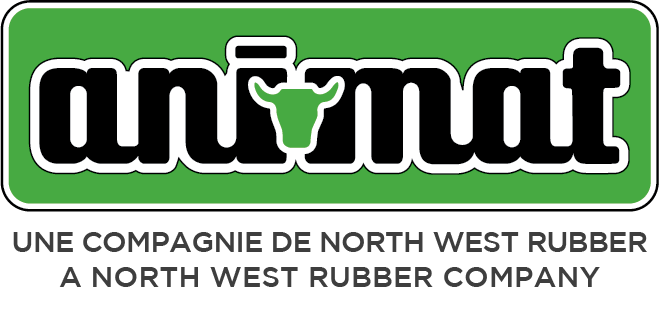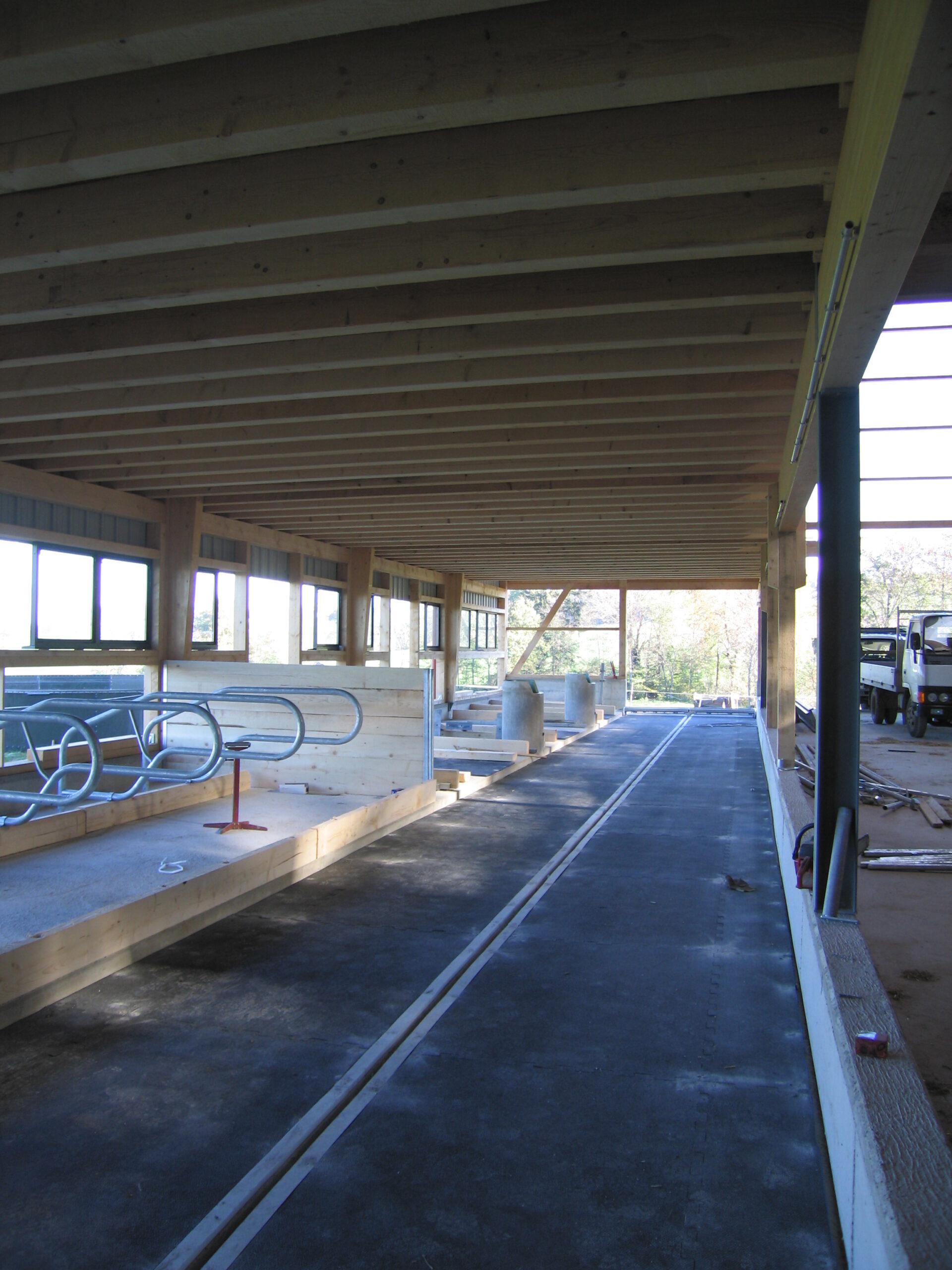Cow Comfort Issues in Freestall Barns image
“Previous work by Fulwider and Palmer, 2003, indicated that cows lie down as much time in well designed mattress stalls as in sand stalls, but spend more time standing in mattresses based stalls. Cook et al., 2004a found the same to be true (Table 9). Different reasons have been proposed to explain these phenomena. In the fall of 2003 rubber alley mats (RAM) were installed over all alleys in the same pen as stall preference studies had been conducted earlier. Table 11 shows the effect of rubber alley mats on stall use (Fulwider and Palmer, 2003). Stall use was recorded for 31 days before the RAM‟s were installed. A three week acclimation period was given to allow cows to adjust ...
Continue Reading

